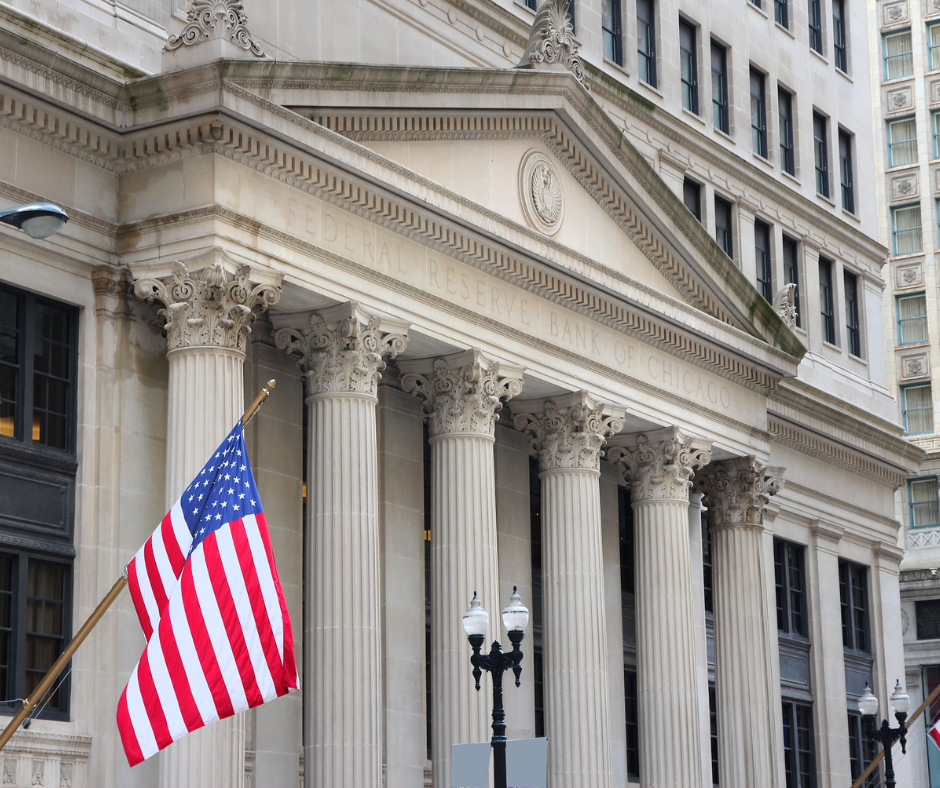
THE MENSER REAL ESTATE GROUP BLOG
Why the Fall Housing Market Won't Be Great for Buyers—or Sellers
The housing market is having a bit of a Dr. Jekyll-Mr. Hyde moment.
On the one hand, buyers are finally getting some relief from the skyrocketing prices and break-neck selling speeds of the last two years. On the other, mortgage rates are soaring — reducing affordability and keeping would-be sellers on the sidelines.
The result is a market that’s better for some, worse for others and, well, not really ideal for anyone.
As Nik Shah, CEO of Home.com, puts it, “Buyers and sellers will both endure a tough fall housing market.”
He’s not wrong — but what exactly does “tough” look like? And will things improve or get worse as time goes on? Here’s a look at what’s in store for housing this fall.
Moderating home prices
Home prices have been on a steep runup since the early months of the pandemic. The median home price in the second quarter of 2020 was just $322,000, according to the U.S. Census Bureau. By the start of this year, it had surpassed $440,000 — an almost 37% increase in less than two years.
Fortunately, price growth appears to be slowing. Home prices were up 14% between September 2021 and September 2022, down from the 18% annual increase seen back in June.
According to housing experts, annual price growth should decelerate even more as 2022 comes to a close. Price declines, though, probably aren’t in the cards — at least in the next few months.
As Jonathan Miller, CEO of appraisal firm Miller Samuel Inc., explains, home prices tend to be “sticky on the downside” — meaning they take longer to come down than they did to go up.
“Buyers need to be patient,” Miller says. “Sellers have been in the driver’s seat and then some during the pandemic era and need time to adjust to the pivot in market conditions.”
As sellers start facing reality, price growth will decelerate faster and, by next year, could even decline. Over the next few years, prices could fall as much as 15% from their 2022 peak, according to Moody’s Analytics.
High mortgage rates
While lower prices are certainly something to look forward to, in the meantime, buyers have another challenge to overcome: much higher mortgage rates. The average rate on 30-year mortgage loans is now above 6.5%. We at UWL Rojo Mortgage team can still get rates in lower 6’s and sometimes highs 5 pending credit. The more than double the rates seen last year. By some projections, rates could reach as high as 8% by year’s end. Hurry and go to www.rojomortgage.com and get started to buying a house now The lower the rate the better vs a 10-15 percent dip in the housing price.
“With the Fed still working to bring inflation back down, all indications are that short-term rates will continue to climb, creating upward pressure on longer-term rates like mortgage rates,” says Danielle Hale, chief economist for Realtor.com. “This will mean that the cost of taking on a mortgage is likely to keep going up.”
Those are worrisome words, considering how much recent rate increases have already hurt affordability. On a median-priced home, the typical monthly payment is now up over 70% — or about $900—compared to just one year ago.
“Buyers have a lot of hurdles to get over,” says Daryl Fairweather, chief economist for real estate brokerage Redfin. “It’ll be easy to get an offer accepted on a house, but a lot of people just can’t even get past the point of affording the mortgage.”
Check out our loan options and call us with your questions, Rojo Mortgage Team, 916-548-3942.
10-year and 2-year Treasury yields fall as traders begin new quarter
The yields on the 10-year and 2-year treasuries fell on Monday as markets began a new quarter and investors digested manufacturing PMI data.
The benchmark 10-year Treasury was down 19 basis points at 3.611%. The yield on the policy-sensitive 2-year Treasury was at 4.062%, down by about 14 basis points.
Yields and prices have an inverted relationship. One basis point is equivalent to 0.01%.
Markets began the final quarter of the year on Monday, with investors still digesting the negative end to the third quarter that saw the Dow Jones Industrial Average, S&P 500 and Nasdaq Composite stumble.
A gauge on the U.S. manufacturing sector fell last month, indicating that economic activity in the space is close to contracting.
The Institute for Supply Management said Monday that its manufacturing PMI [fell to 50.9 in September] from 52.8 in August — barely in expansion territory. A print below 50 indicates contraction, and one above that level points to an expansion.
Several Federal Reserve speakers are also due to make comments. In remarks last week, the central bankers had struck a hawkish tone and broadly indicated that they would continue to fight persistently high inflation by hiking interest rates.
That has raised concerns about a recession among some investors who fear the central bank is hiking rates too quickly.
Scott Rojo and the Rojo Mortgage Team are here to help you navigate these times. Call our office at 916-548-3942. We're here to help!
September 2022 - Luxury Market Report for Placer County
View the real estate market data for Placer County California luxury homes for September 2022.
September 2022 - Luxury Market Report for Lake Tahoe, California
View the real estate market data for Lake Tahoe California luxury homes for September 2022.
New Projections by the Federal Reserve
The Federal Reserve, after chasing inflation for the better part of a year, will look ahead as far as 2025 in new projections this week that will show more fully the depth and length of the economic “pain” its policymakers expect to be needed to stop the current surge in prices.
The tale so far is not a pretty one. The pace of price increases, which by the Fed’s preferred measure are running at more than three times its 2% target, have hardly budged in the face of the most rapid set of U.S. interest rate increases in about 30 years.
The projections, due to be published alongside the Fed’s latest policy statement at 2 p.m. EDT (1800 GMT) on Wednesday, will show just how aggressively U.S. central bank officials feel interest rates must rise to respond to the inflationary wave, and what economic cracks they see appearing as a result in terms of slower growth or higher unemployment.
Hopes for a “soft landing,” marked by a slowdown in inflation toward the 2% target without a recession, may not be gone: Policymakers are unlikely to project an outright downturn even as the outlooks compiled each September extend an additional year, in this case through 2025.
Outside the Fed, however, there is a growing sense that the path to a soft landing is unlikely. Some analysts estimate the unemployment rate, which hit 3.7% in August, may need to rise as high as 7.5%.
Traders in contracts tied to the Fed’s benchmark overnight interest rate now expect that rate to end the year between 4.25% and 4.50% - 2 percentage points higher than where it is now and a level last seen in late 2007.
“The probability of a softish landing falls materially” after U.S. inflation data for August showed just how persistent rising prices have become, Evercore ISI Vice Chairman Krishna Guha wrote last week. “Even assuming...it is still possible to bring inflation down...without a proper recession, the data and the response it will provoke substantially increases the risk that the Fed ends up overshooting badly and causing a recession anyway,” with the policy rate perhaps hitting as high as 5.00%.
AN END IN SIGHT?
The updated economic projections will give the clearest indication yet of Fed policymakers’ sense of the endpoint for rates, key information for investors trying to value assets or homebuyers wondering what a mortgage might cost next year.
Some officials have lately shied away from discussing the issue in detail, wary of setting expectations and then having to shift gears. The new projections, though, will include anonymous estimates from each official for where the policy rate should be at the end of 2022 and the following three years. The so-called “dot plot” of estimates from the seven members of the Fed’s Board of Governors and 12 regional bank presidents also includes outlooks for unemployment, inflation, and economic growth.
As long as inflation continues to move sideways rather than downwards, however, they face a dilemma over whether to raise interest rates to levels even higher than currently foreseen or hope the increases already flagged will eventually do the job.
August 2022 - Luxury Market Report for Sacramento County
View the real estate market data for Sacramento County California luxury homes for September 2022.















